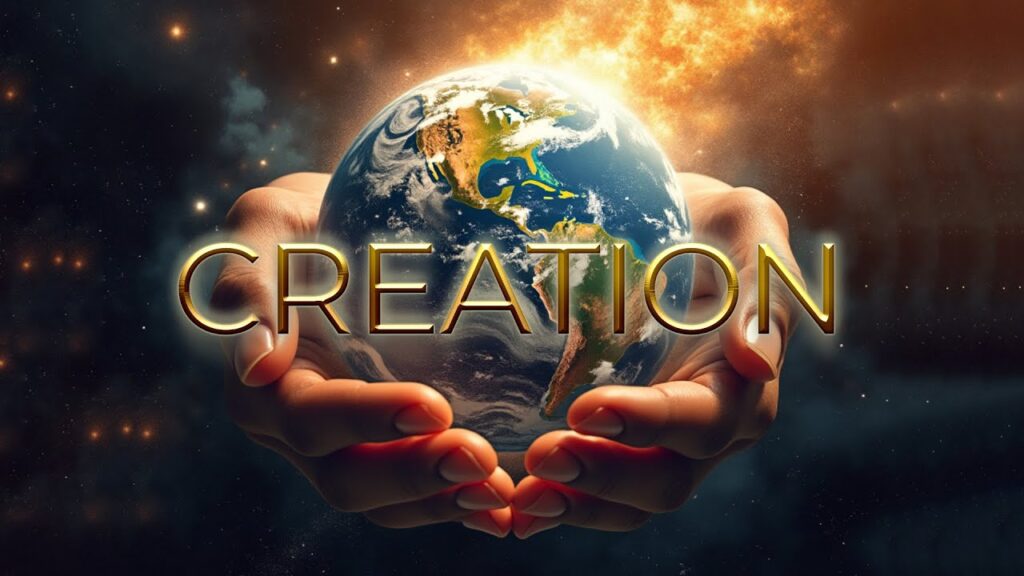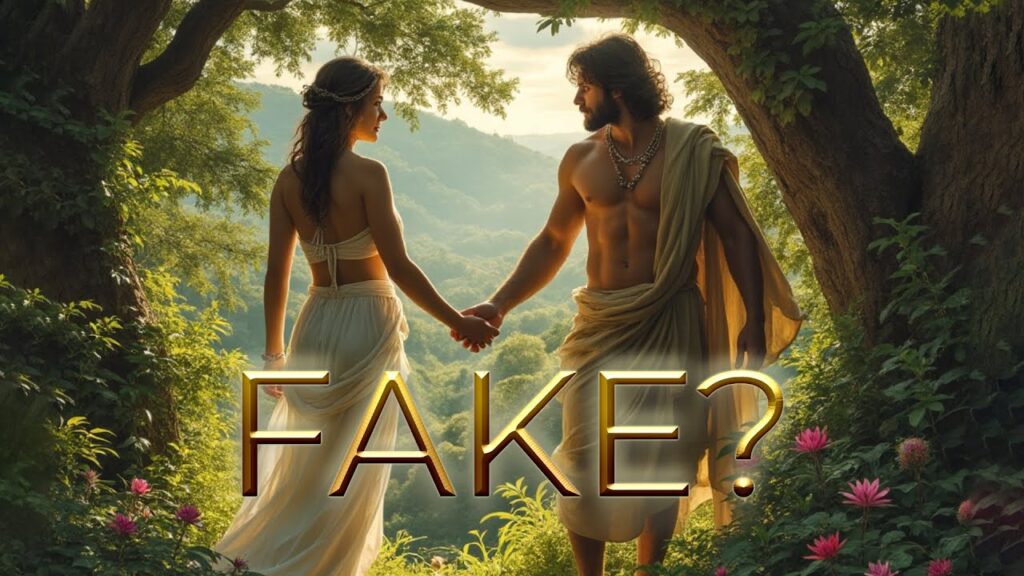Good morning, friends, and welcome back! My name is Alexander, and I’m so glad to have you here. Whether you’re Christian, non-Christian, or whatever path you walk, you’re welcome in this space. Today, we’re diving into another fascinating topic: the Second Book of Enoch.
If you’re unfamiliar with the Book of Enoch, don’t worry. I’m working on a series exploring all the books that have been removed from the Bible — and why they were removed in the first place. The Second Book of Enoch is still part of the Ethiopian Bible but not widely included elsewhere. Let’s dive into its intriguing content and meanings.
Watch the full video here:
Overview of the Second Book of Enoch
The Second Book of Enoch, also known as the Book of Parables, is relatively short. In this text, Enoch introduces his second vision, which he calls the Vision of Wisdom. He emphasizes the importance of sharing the divine wisdom he received directly from the “Lord of Spirits.”
The book is filled with themes of judgment, righteousness, and the fate of humanity. In the first parable, Enoch sees the Son of Man — also referred to as the Elect One — who will judge all flesh and sit on the throne of glory. The chapters describe:
- The fate of the righteous and the punishment of sinners.
- The transformation of the earth and heavens.
- The judgment of kings and mighty rulers.
- The secrets of the heavens, the stars, and the earth, often intertwined with references to Noah (some scholars argue these might be later additions).
Enoch’s ascension to the heavenly realms is a key focus. He witnesses the abode of the righteous and the place of punishment, experiences a transformation, and is anointed, becoming like one of the glorious beings. Interestingly, this transformation leads to ambiguity, as Enoch seems to be identified with the Son of Man in some passages.
Esoteric and Mystical Interpretations
Now let’s go deeper. Beyond the surface narrative of judgment and righteousness, the Second Book of Enoch offers rich esoteric insights.
Cosmic and Divine Order
The text reveals a cosmic hierarchy and a divine plan, suggesting that every element in the universe has a purpose, known only to the initiated. This reflects a deterministic worldview, reminiscent of astrology, where cosmic forces guide the course of events. However, prayer and spiritual practices allow humans to influence these energies.
The Son of Man and Divine Transformation
The Son of Man, often identified with Enoch himself, represents humanity’s potential for divine transformation. This figure embodies wisdom and authority, serving as an intermediary between the human and divine realms. Unlike Jesus, who bore humanity’s sins, the Son of Man is portrayed as a judge. It’s fascinating to consider that a human — Enoch — is elevated to such a divine role.
Enoch’s Ascension
Enoch’s journey to the angelic realm is unique. While most biblical narratives describe humans entering Heaven, Enoch is transformed into an angelic being, symbolizing the ultimate goal of spiritual evolution. This idea aligns with mystical traditions emphasizing the ascent from earthly existence to higher celestial planes.
Mystical Wisdom
Enoch receives wisdom that transcends human understanding — the secrets of creation, the movements of heavenly bodies, and the fate of souls. This knowledge highlights the interconnectedness of all things and the divine will at work in the universe.
The Elect and the Righteous
The Elect One and the righteous are those who attain spiritual insight and purification. They’ve understood and lived by the hidden truths of the universe. This mirrors the concept of spiritual ascension, where different planes of existence await based on one’s spiritual progress.
As controversial as it sounds, this perspective suggests that Heaven and Hell aren’t static destinations but part of a broader journey. Earth itself could be considered a form of “hell” for those still learning and evolving, while Heaven is merely the first step toward higher planes of existence.
Ego, Duality, and Spiritual Growth
The text also serves as an allegory for the inner spiritual journey. The punishment of the wicked represents the death of the ego, while the reward of the righteous symbolizes the emergence of the true self or soul. This aligns with Christian concepts of being “born again” — a process of crucifying the ego and resurrecting as one’s true self in Christ.
Dualities such as Heaven and Earth, righteous and wicked, light and darkness, permeate the text. Yet, transcending these polarities is the key to understanding the divine order. Before we were separated from God, duality didn’t exist. Transcending it is part of the journey back to unity with the Creator.
Angels as Messengers of Hidden Wisdom
In Enoch’s visions, angels act as guides, imparting esoteric knowledge. This resonates with the idea that spiritual guides and angels surround us, offering wisdom through meditation, prayer, and even dreams. Many historical figures attribute their groundbreaking inventions and ideas to insights gained in dreams — a divine download, if you will.
Final Thoughts
The Second Book of Enoch is more than a text about judgment and prophecy. It’s a mystical document inviting readers to explore deeper truths about divine justice, cosmic order, and spiritual evolution. The themes of ascension, divine knowledge, and transformation challenge conventional religious narratives and offer profound insights into the human journey.
What do you think about the Second Book of Enoch? Its themes, its esoteric wisdom, and its implications for our understanding of spirituality? Let me know in the comments! There’s still another book of Enoch to explore, along with other hidden and banned books of the Bible — so stay tuned for more.
Until next time, stay curious and keep seeking deeper truths.


